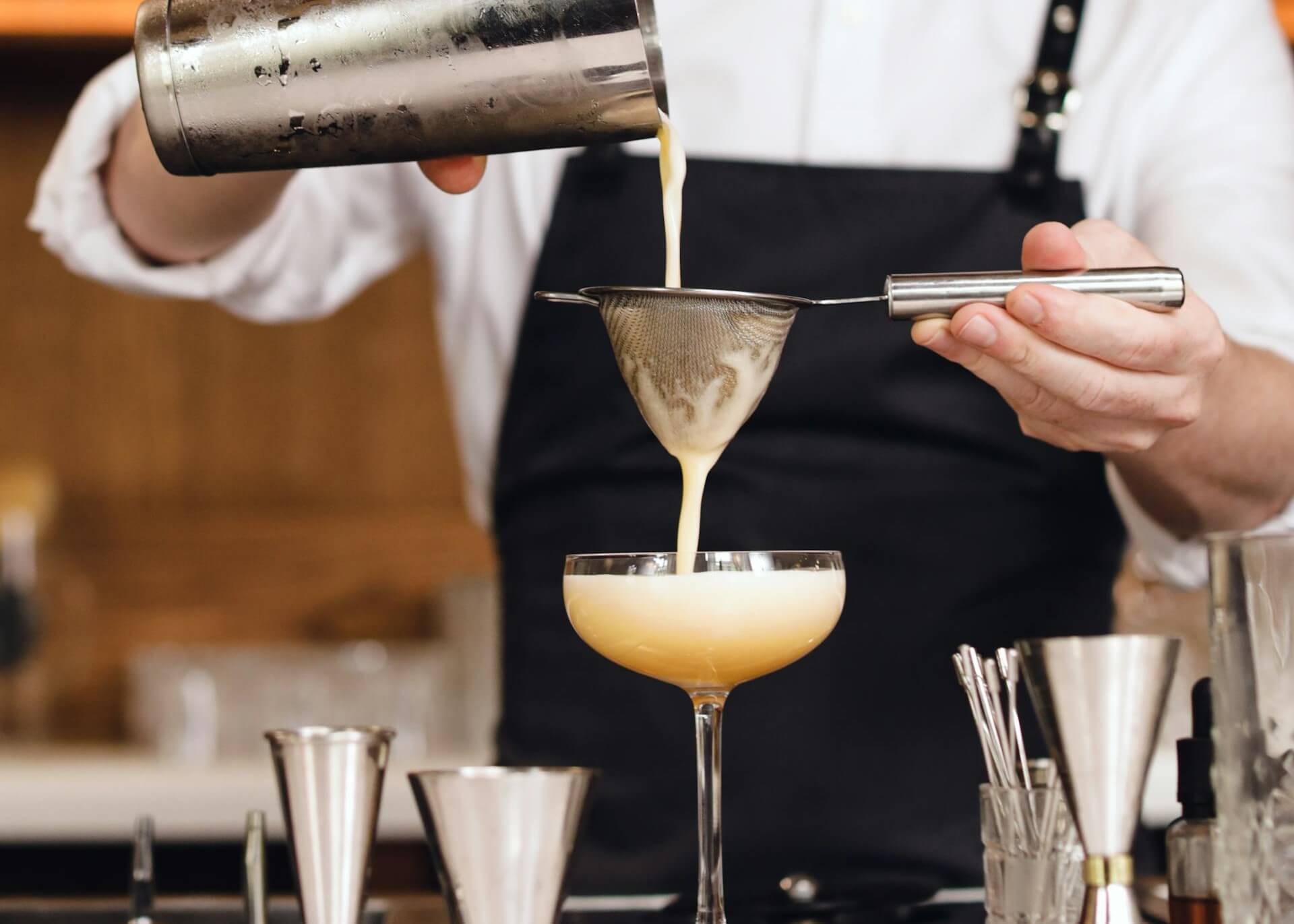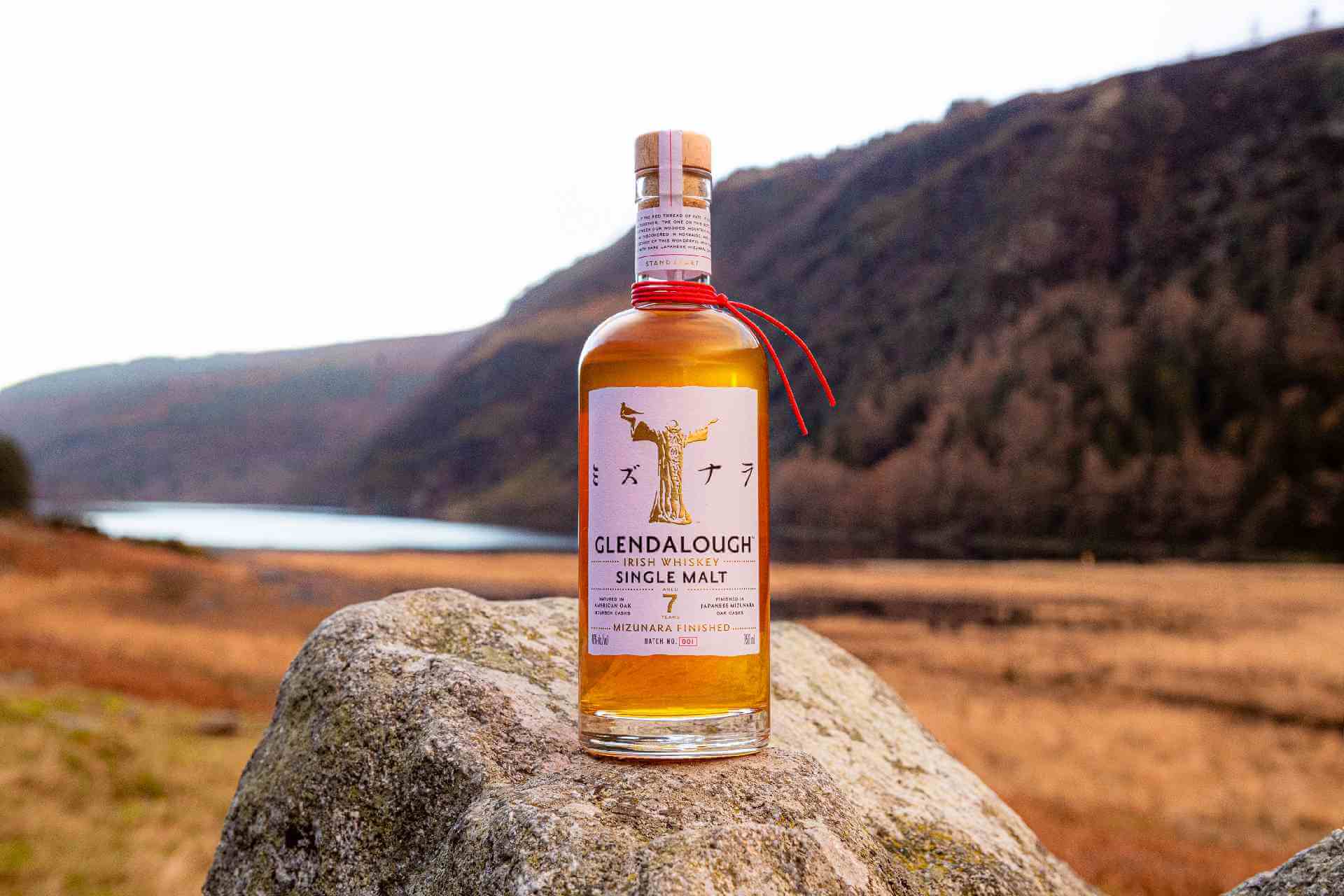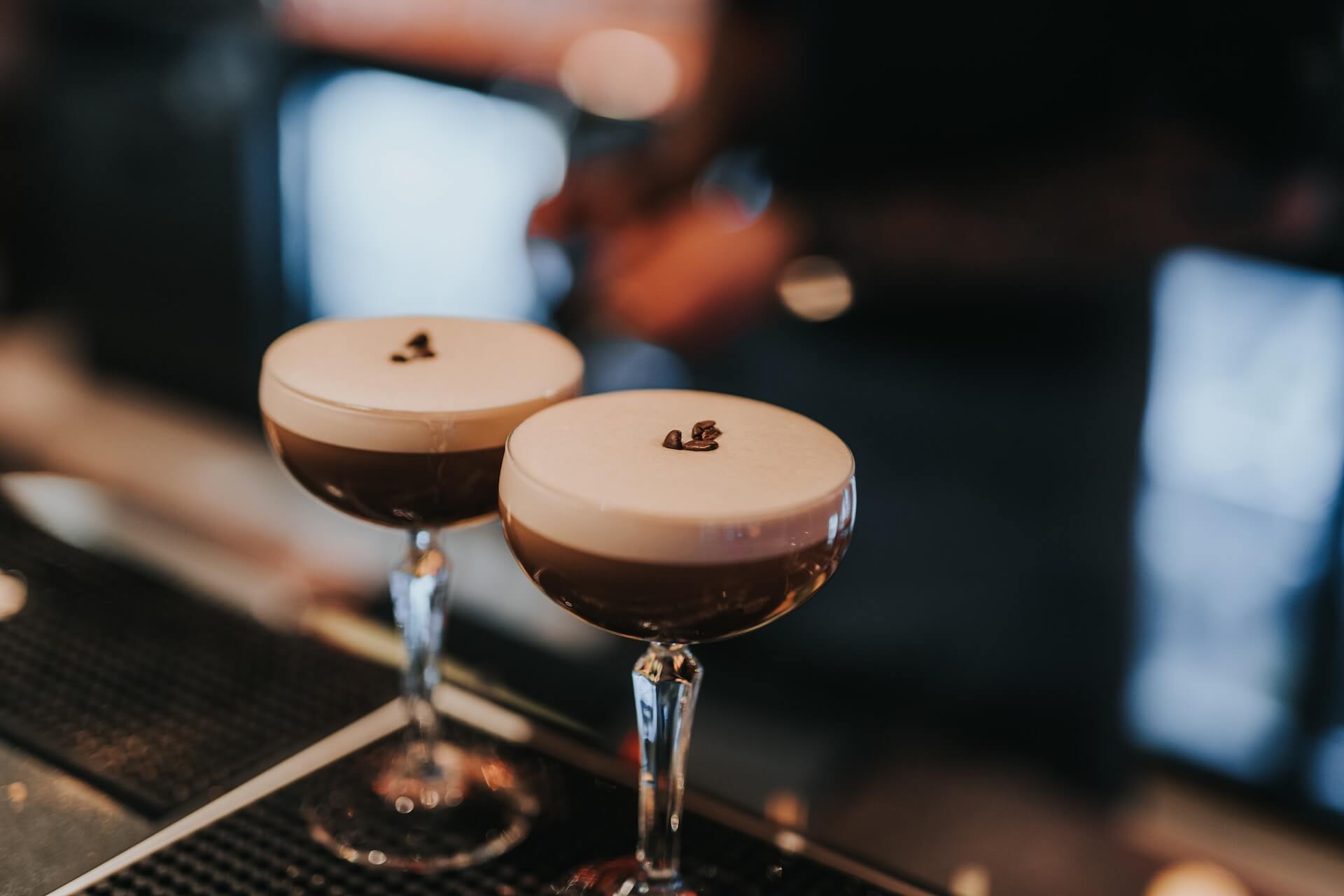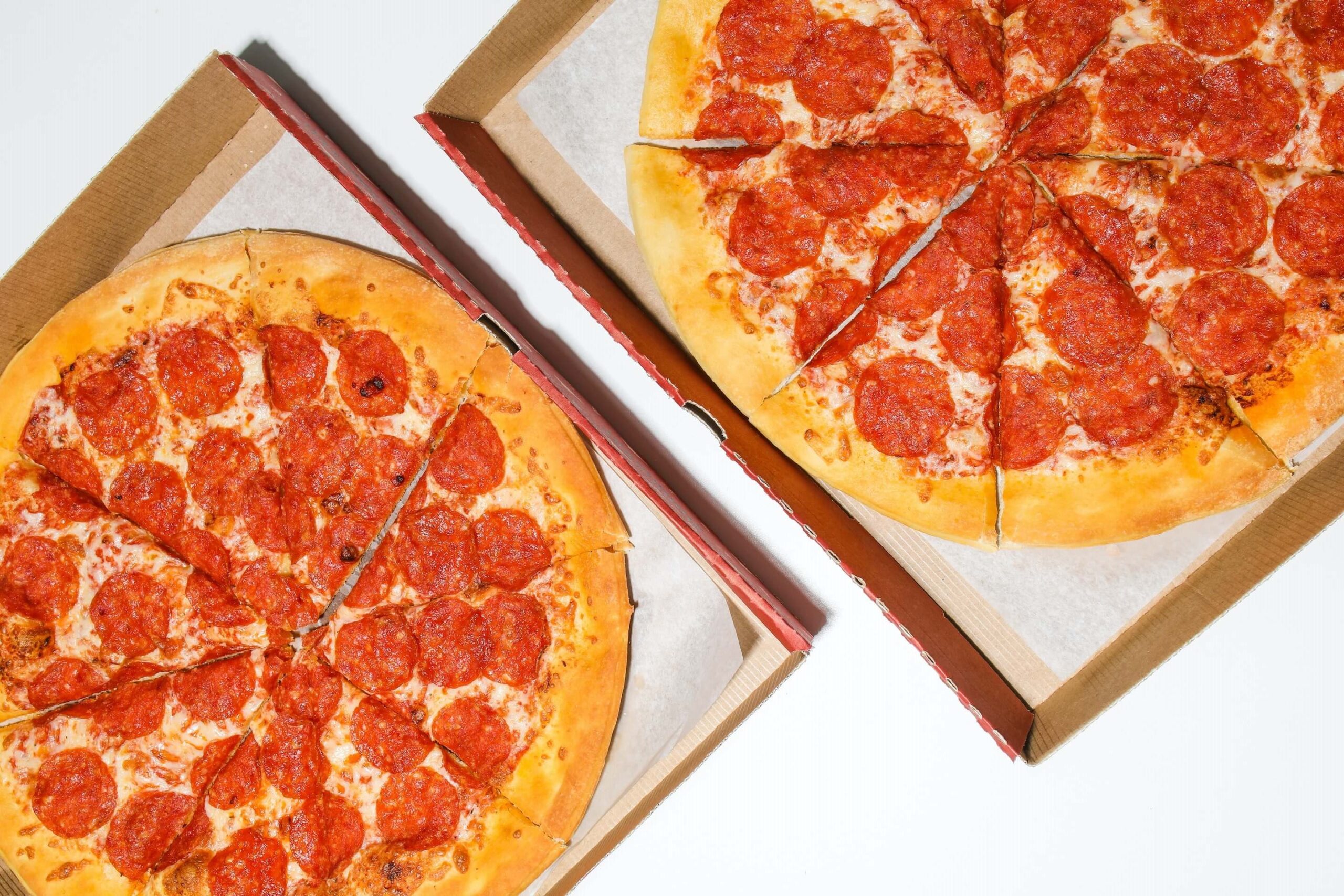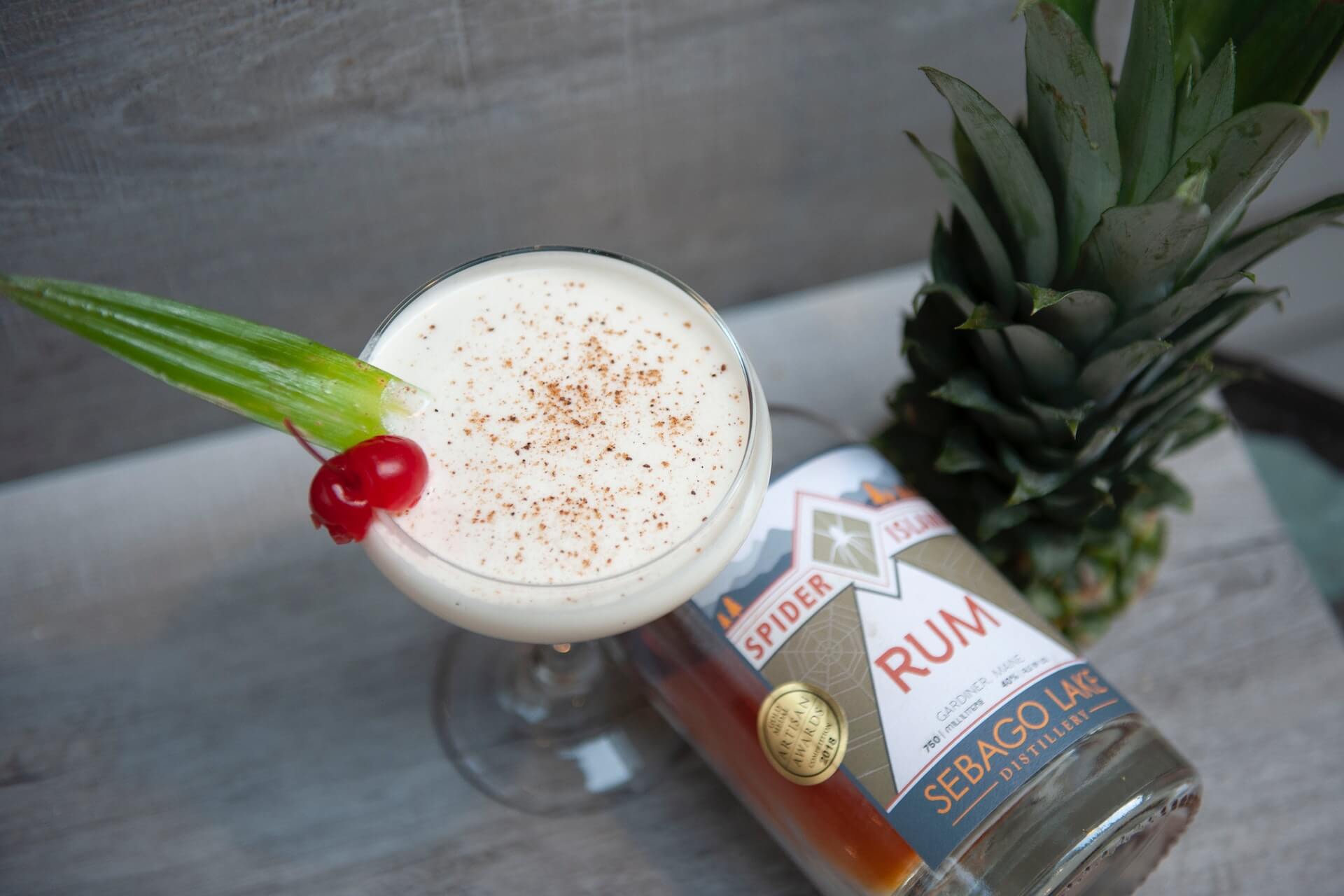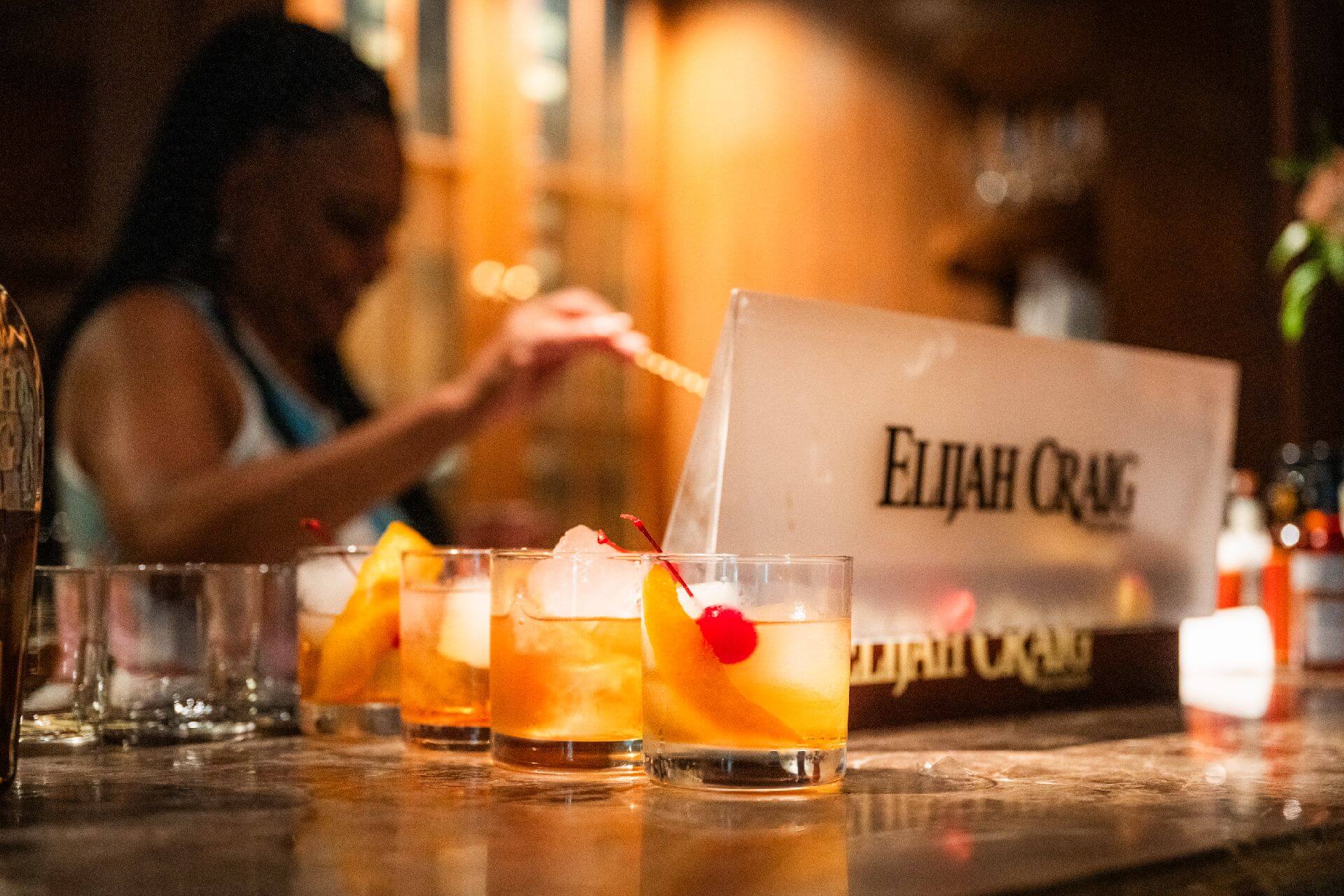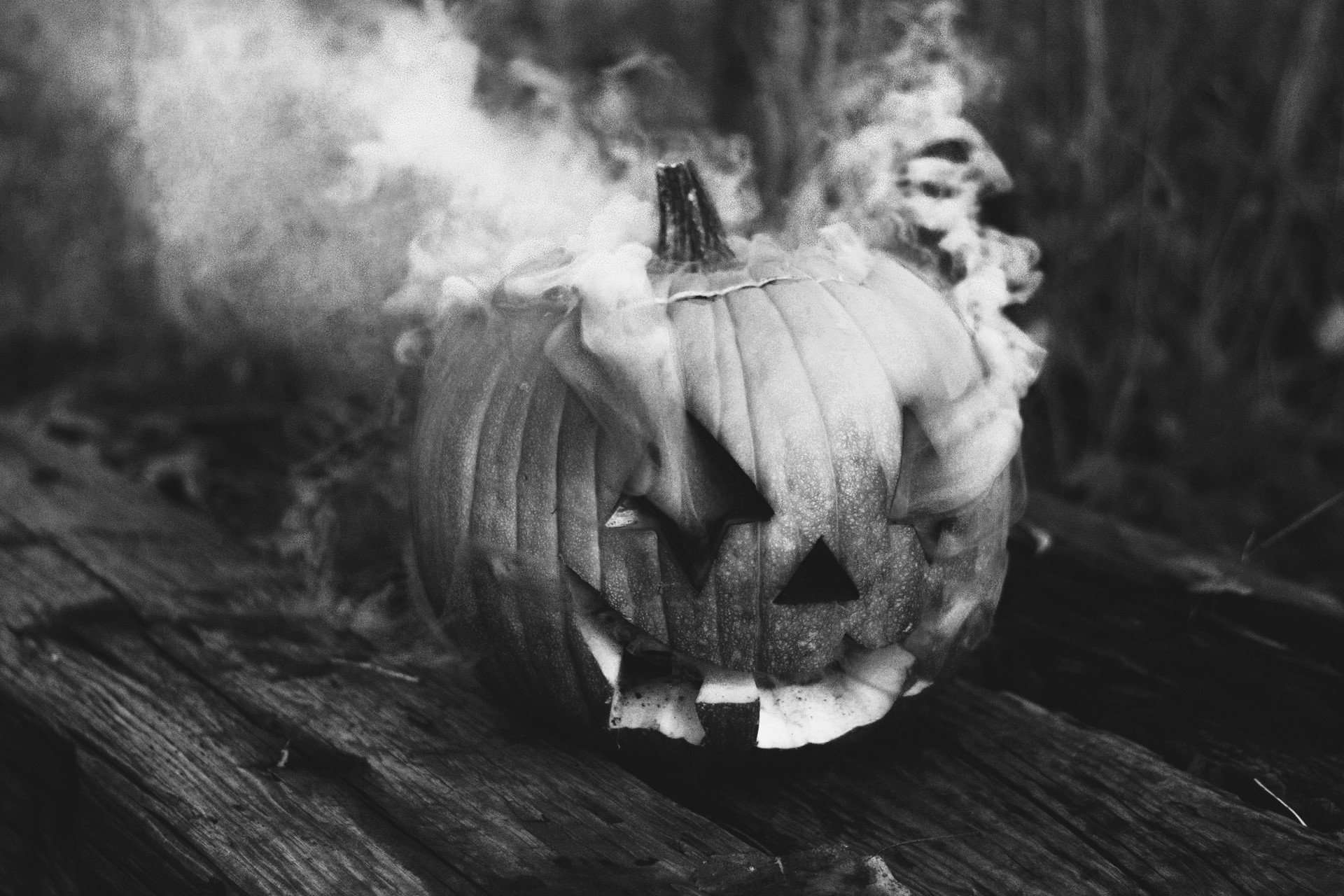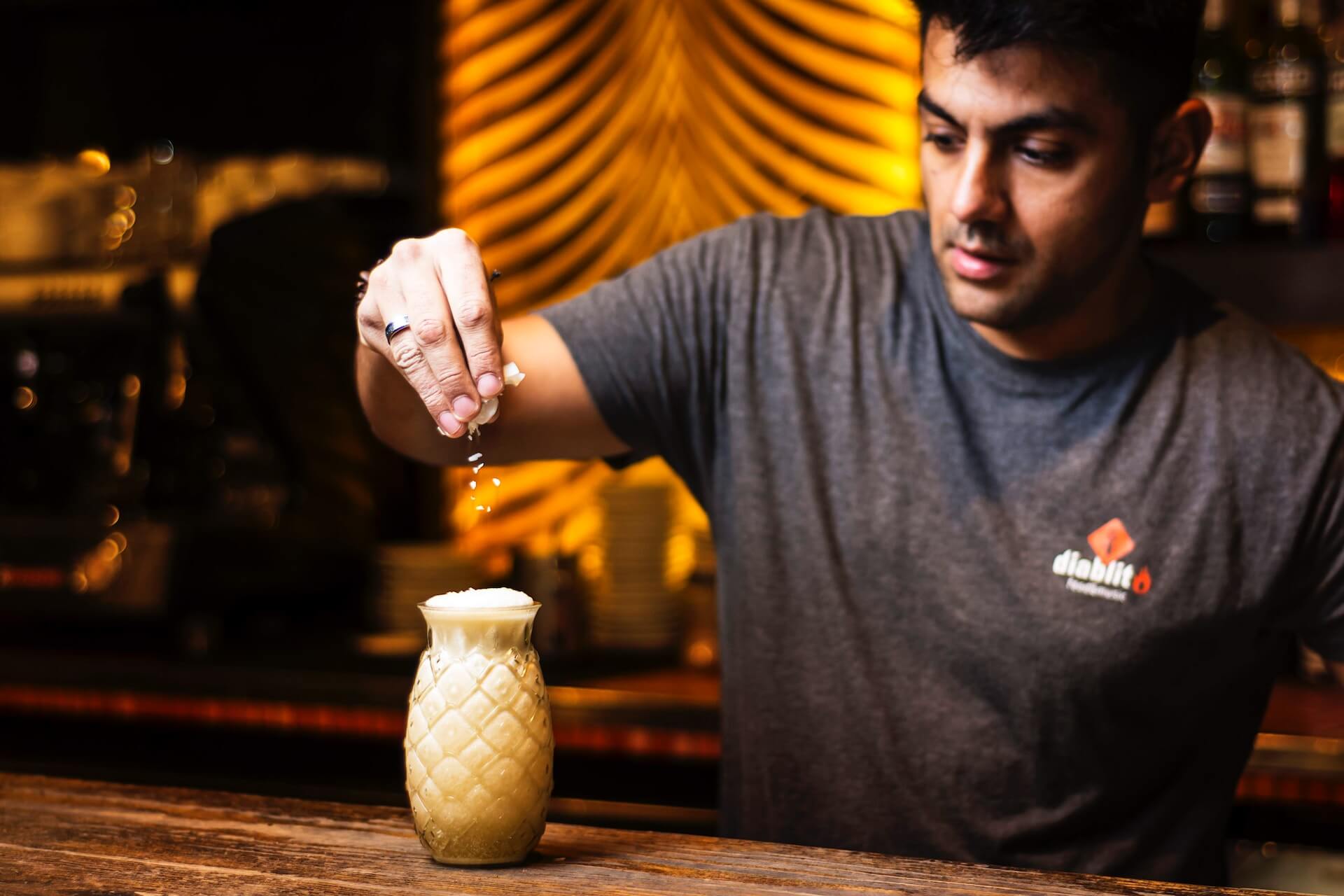Program for Unique Holidays: February 2024
by David Klemt

Do you want to stand out from from other restaurants and bars in your area? Change how you think about your February holiday promotions.
Several holidays are set against every date on the calendar, and this month is no exception. These holidays range from mainstream to esoteric.
Pay attention to the “weird” or unique holidays to raise eyebrows, carve out a niche for your restaurant or bar, and attract more guests. Why do what everyone else is already doing? Why program only around the same holidays as everyone else?
Of course, you shouldn’t try to celebrate every holiday, strange or otherwise. Focus on the days that are authentic to your brand; resonate with your guests; and help you grab attention on social media.
You’ll find suggestions for promotions below. However, the idea behind our monthly holiday promotions roundup is to inspire you and your team to get creative and come up with unique programming ideas.
For our January 2024 holidays list, click here.
February 3: Ice Cream for Breakfast Day
I think we can all agree that life is too short to not indulge ourselves and have a treat occasionally. French toast, pancakes, crepes… All of these breakfast foods and more pair quite well with ice cream.
This holiday is even better if your back-of-house team can make ice cream from scratch.
February 4: National Homemade Soup Day
One of the most comforting foods on the planet, particularly during the winter, is a warm cup or bowl of homemade soup.
Of course, as an operator, you’ll want to consider rephrasing this holiday as “Housemade” or “Scratch-made” soup.
February 5: Start of Pride in Food Service Week
Pride in Food Service Week runs from February 5 to 9. The purpose is to celebrate foodservice professionals. For some, this means leaving a larger tip than normal. Some operators use this five-day holiday to host special events that highlight their team’s skills. I also recommend using this time to come up with ways you can honor your team, and improve their lives and careers.
February 11: National Peppermint Patty Day
Back in November of last year I wrote about how peppermint was overtaking pumpkin spice as the preferred flavor. Well, this is the perfect day to feature peppermint via a variety of F&B items on your menu, from cocktails and high-quality non-alcohol LTO beverages to tempting desserts.
February 13: National Cheddar Day
Cheddar is the most-popular cheese in the UK and one of the most-popular in the US. If you can slather it in Cheddar, create an LTO menu, feature it, and promote it.
February 16: National Almond Day
This is definitely the holiday to feature dishes with almonds, from appetizers and entrees to desserts. And, of course, there are drinks made with Disaronno, Baileys Almande, Cîroc Amaretto, and other liqueurs and spirits that can help your bar team serve up almond-flavored cocktails.
February 22: National Margarita Day
Nope, this is not an “out there” holiday. However, it is a fantastic time to showcase your signature Margaritas, alongside a classic build, of course.
February 23: National Skip the Straw Day
If you have been trying to be a more sustainable business, reducing and eliminating waste is key. I’m not saying you have to focus solely on replacing plastic straws. Instead, think about serving drinks without straws.
However, make sure you do have straws on hand for those guests who need them.
February 24: National Tortilla Chip Day
Nachos, nachos, nachos. Nachos piled high, nachos prepared in the traditional method, your bar or restaurant’s signature nachos… Time to create a promotion around the humble tortilla chip!
February 26: National Pistachio Day
Have you ever had a Pistachio Martini? How about a Pistachio Espresso Martini, Pistachio Sour, or Pistachio Fizz?
If you haven’t, odds are many of your guests haven’t, either. Could be a great idea for an LTO menu featuring pistachio, huh?
Image: Ivan Bertolazzi on Pexels


